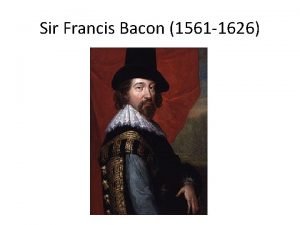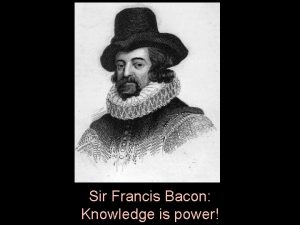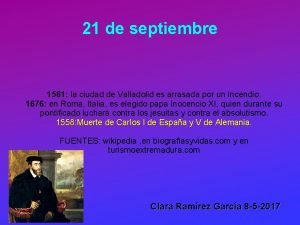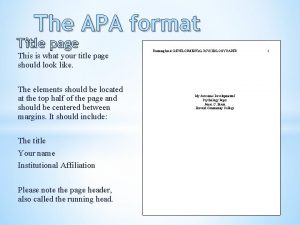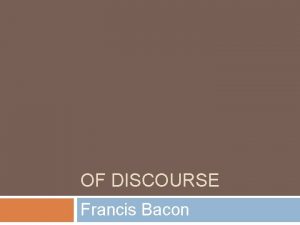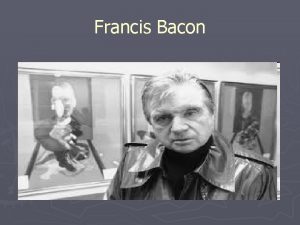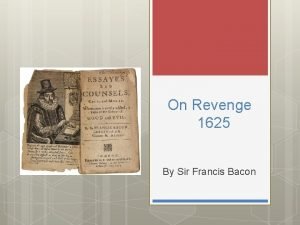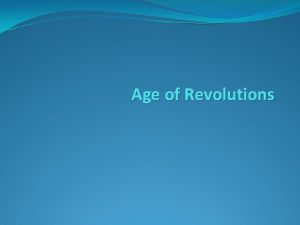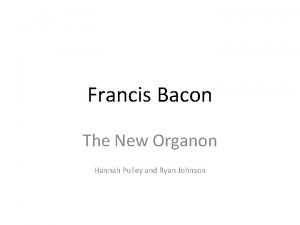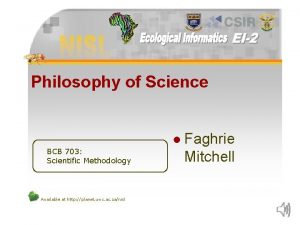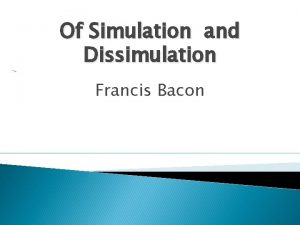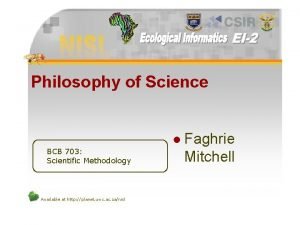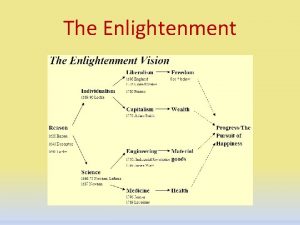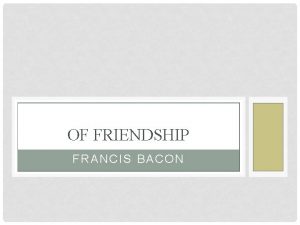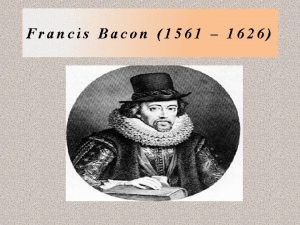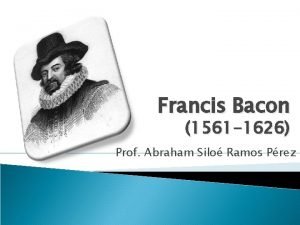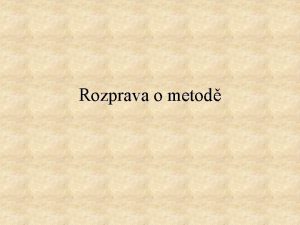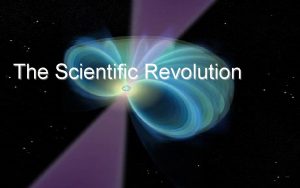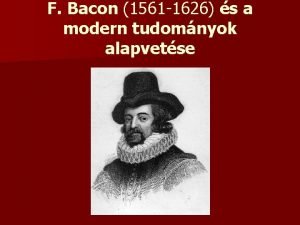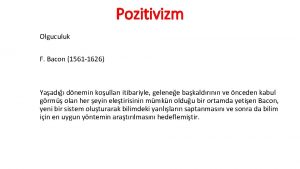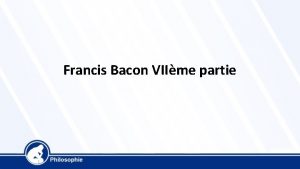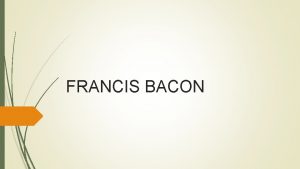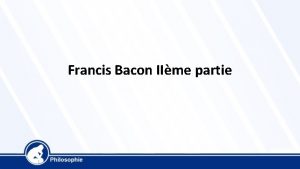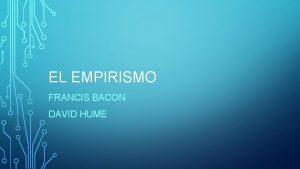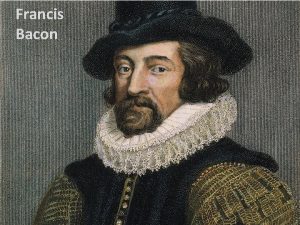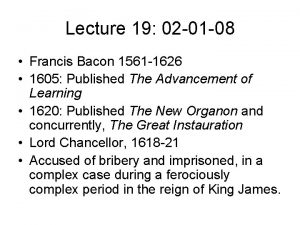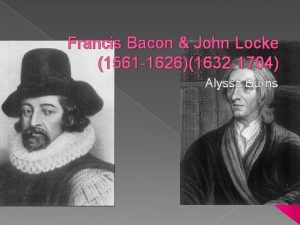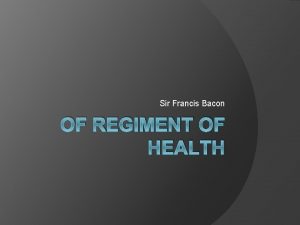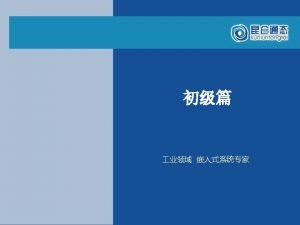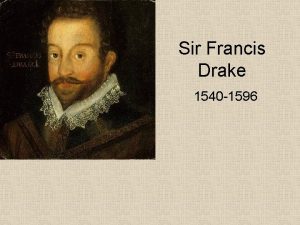Sir Francis Bacon 1561 1626 Title page of

Sir Francis Bacon (1561 -1626)

Title page of Bacon’s Novum Organon

Scientist as a bee Those who have handled science have been either the men of experiment or the men of dogma. The men of experiment are like the ant, they only collect and use; the reasoners resembles the spiders who make cobwebs out of their own substance. But the bee takes a middle course: it gathers its materials from the flowers of the gardens and of the fields, but transforms and digests it by a power of its own. Not unlike this [the bee] is the true business of science: for it neither relies solely or chiefly on the powers of the mind, nor does it take the matter which it gathers from natural history and mechanical experiments and lay it up in the memory as a whole as it finds it. [Rather, science] lays it up in understanding altered and digested. Therefore, from a closer and purer league between the two faculties, experimental and rational … much may be hoped. ”

Gresham College

Spart’s History of the Royal Society of London

The seal of the Royal Society of London

Robert Boyle (1627 -

Robert Hooke

Boyle’s book on air pump experiments

Teams of horses trying unsuccessfully to pull apart vacuumfilled copper spheres in Magdeburg demonstration for Emperor Ferdinand III.

Boyle-Hooke air pump: “the cyclotron” of the 17 th c.

An Experiment with a Bird in an Airpump, a painting by Joseph Wright, 1768

Boyle’s Gas Law

Robert Hooke’s Micrographia

Microcope used by Hooke

Hooke’s drawing of a compound eye of a fly

A louse, from Micrographia

Portrait of Anthonie van Leeuwenhoek (1632 -1723)

Microscopes owned by A. v. L

Animalcules (“Little Animals”)

Microscopic section through one-year-old ashtree wood, drawing made by Leeuwenhoek.
- Slides: 21
